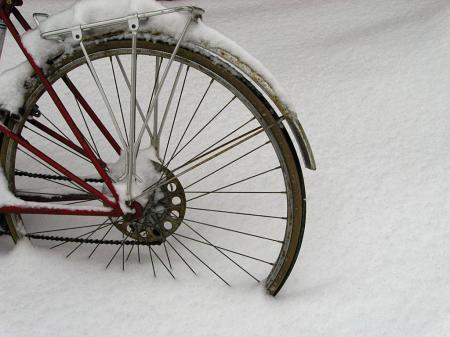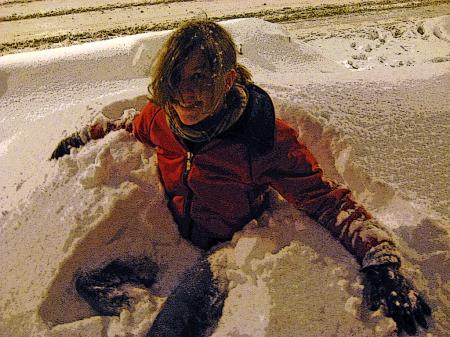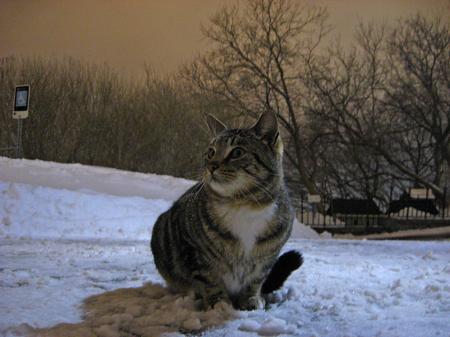All regular readers of this blog will be familiar with the idea that there are physical tipping points in the climate system: places where one additional unit of warming produces much more harm to people and natural ecosystems than the previous units did. Politically, it is worth considering the possibility that another kind of tipping point exists, namely one beyond which the willingness of various actors to cooperate on climate change alters dramatically on the basis of some critical increment of climate change effects.
It’s possible that the effect could be one of rallying – the world suddenly realizing the seriousness of the issue and thus taking immediate action. States previously obsessed with exactly who should pay how much and exactly what timeline should be followed might just buckle down and do what needs to be done. A fair number of people seem to think that only a pretty substantial disaster will make the threat of climate change sufficiently concrete for enough people for the hard work of stabilization to begin.
The other possibility (mentioned here) is that the world will pass from hesitation and avoidance of the issue directly into conflict, accusation, and counter-productive action. Severe climatic impacts could drive states and individuals to focus on their own short term internal and external security, rather than making serious efforts to address the root of the problem. This is a classical prisoner’s dilemma scenario and, unless it flips to a state of desperate cooperation once things got really bad, it could push the world across the physical thresholds that are so worrisome.
In any case, it is as necessary to be aware of the existence of hidden feedbacks within public sentiment and government planning as within ecosystems or patterns in air and water currents. Of course, that just adds additional uncertainty to a very threatening brew.






